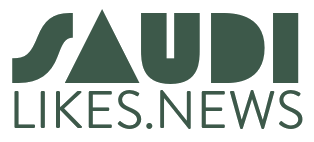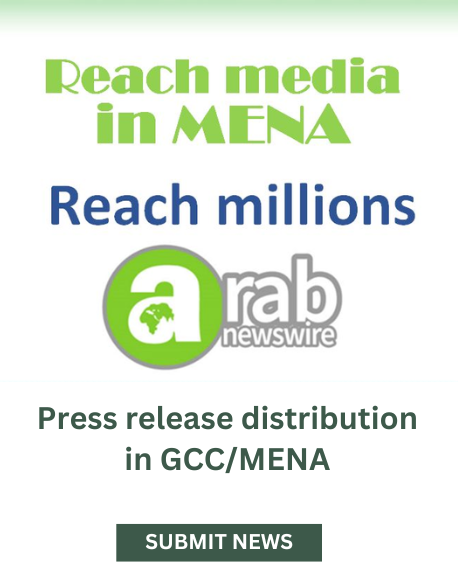Introduction
India diabetes drugs market is showing steady growth, underpinned by rising diabetes incidence, shifting treatment patterns, and increasing access to healthcare. According to Mordor Intelligence, the India diabetes drugs market size is estimated at USD 1.76 billion in 2025 and is projected to grow to USD 2.09 billion by 2030, at a CAGR of about 3.5% during the forecast period.
This growth reflects multiple factors: growing awareness of diabetes (especially type-2), the push from the government for affordable drug access, increasing use of newer drug classes, and pressure from generics. These trends are not only shaping market value, but also influencing market share, competitive behaviour, and segmentation in meaningful ways.
Key Trends in India Diabetes Drugs Market
Growing Use of Oral Anti-Diabetic Drugs
Oral anti-diabetic drugs remain a central pillar of the India diabetes drugs market. They maintain the largest share in many segments due to ease of administration, familiarity among physicians, and cost advantages. Among oral classes, Biguanides are leading, followed by sulfonylureas and increasingly by SGLT-2 inhibitors. The SGLT-2 inhibitors class is expected to register one of the fastest growth rates through the forecast period.
Rising Demand for Newer Drug Classes
While traditional oral classes dominate, there is rising demand for newer classes and combinations aimed at improving outcomes, reducing side effects, and addressing comorbid conditions. Examples include fixed-dose combinations, SGLT-2 inhibitors, DPP-4 inhibitors etc. Patent expiries also open pathways for generics in some of these newer classes.
Generic Competition and Policy Interventions
Generic manufacturers have become more active, both in introducing off-patent versions and in producing trade generics. Government policies (such as pricing controls, support for generics, and schemes to promote local manufacturing of APIs) are influencing drug pricing and supply. This tends to compress margins but increase access, and shift market share toward generic players.
Urbanisation, Lifestyle Changes, and Disease Burden
The prevalence of type-2 diabetes in India is increasing, driven by urban lifestyles, dietary changes, obesity, physical inactivity etc. With more people diagnosed, demand for manageable drug therapies (especially oral ones) is increasing. This trend is pushing up prescription volumes even as average prices (for some segment) come under pressure.
Distribution Channels Adapting
Hospital pharmacies remain a major channel for diabetes drugs, particularly for more expensive or novel medications or injectables. Meanwhile, online pharmacies and retail outlets are growing in importance, especially for generic or more established oral treatments. Buyers are increasingly price sensitive and sometimes willing to purchase via lower-cost channels.
Check out more details and stay updated with the latest industry trends, including the Japanese version for localized insights: https://www.mordorintelligence.com/ja/industry-reports/india-diabetes-drugs-market?utm_source=emailwire
Market Segmentation in India Diabetes Drugs Market
Here we break down how the India diabetes drugs market is divided, what the major segments are, and what each segment is showing in terms of value, share, or growth:
- By Drug Class
- Oral anti-diabetic drugs include Biguanides, Sulfonylureas, DPP-4 inhibitors, SGLT-2 inhibitors, and others. Oral drug classes dominate much of the market share in terms of prescription volume and patient reach.
- Insulin drugs: used especially for type-1 diabetes and advanced type-2 cases; higher cost and complexity, so fewer but crucial treatments. Mordor notes that insulin drug providers are among the major players in this class.
- Combination drugs: fixed-dose combinations are increasingly used to improve adherence and simplify drug regimens.
- Non-insulin injectable drugs (beyond insulin): newer injectable therapies are being adopted, though still smaller in share compared to oral or insulin drugs.
- By Patient Segment / Diabetes Type
- Type-2 diabetes holds the majority share of drug usage, given its much higher prevalence in India.
- Type-1 diabetes represents a smaller but consistent segment; patients in this group depend more heavily on insulin.
- By Distribution Channel
- Hospital pharmacies: major share especially for drugs that require prescriptions or physician oversight.
- Retail pharmacies: strong in generics and established oral drug classes.
- Online pharmacies: growing in share, especially for generics and for patients seeking convenience and pricing advantages.
Key Players in India Diabetes Drugs Market
Major pharmaceutical companies dominate different segments of the india diabetes drugs market. Some of these are:
- Eli Lilly
- Boehringer Ingelheim
- Astrazeneca
- Sanofi
- NovoNordisk
These companies face competition from generic firms, both Indian and international, which increasingly provide off-patent or alternate drugs at lower prices. Pricing strategies, regulatory approvals, and local manufacturing capacity are important competitive levers.
Explore more insights on India diabetes drugs market competitive landscape: https://www.mordorintelligence.com/industry-reports/india-diabetes-drugs-market/companies?utm_source=emailwire
Conclusion
The India diabetes drugs market is driven largely by the oral anti-diabetic drug segment. While newer drug classes and injectables will gain share, much of the volume will continue to come from oral treatments, generics, and combination therapies.
Challenges such as cost, access in rural areas, regulatory hurdles, and supply-chain constraints remain. However, policy support, generic competition, and rising disease awareness are likely to offset many of these constraints.
Industry Related Reports
India Oral Anti-Diabetic Drug Market: The India Oral Anti-Diabetic Drug Market is Segmented by Drug Class (Biguanides, Sulfonylureas, Meglitinides, and More), Age Group (Adults, Pediatric, and Geriatric), Diabetes Type (Type 1 Diabetes and Type 2 Diabetes), Distribution Channel (Hospital Pharmacies, Retail Pharmacies, and Online Pharmacies).
Get More Insights: https://www.mordorintelligence.com/industry-reports/india-oral-anti-diabetic-drug-market?utm_source=emailwire
Diabetes Drugs Market: The Diabetes Drug Market Report Segments the Industry Into by Drugs (Oral Anti-Diabetic Drugs, Insulin, and More), Route of Administration (Oral, Subcutaneous, and Intravenous), Distribution Channel (Online Pharmacies, and Offline), and Geography.
Get More Insights: https://www.mordorintelligence.com/industry-reports/diabetes-drugs-market?utm_source=emailwire
Combination Anti-Diabetes Drugs Market: The Combination Anti-Diabetes Drugs Market report segments the industry into Oral Combination (Janumet (Sitagliptin and Metformin HCl)), Insulin Combination (NovoMix (Biphasic Insulin Aspart), Ryzodeg (Insulin Degludec and Insulin Aspart), Xultophy (Insulin Degludec and Liraglutide)), and Geography (North America, Europe, Latin America, Asia-Pacific, Middle East and Africa).
Get More Insights: https://www.mordorintelligence.com/industry-reports/combination-anti–diabetes-drugs-market?utm_source=emailwire
About Mordor Intelligence:
Mordor Intelligence is a trusted partner for businesses seeking comprehensive and actionable market intelligence. Our global reach, expert team, and tailored solutions empower organizations and individuals to make informed decisions, navigate complex markets, and achieve their strategic goals.
With a team of over 550 domain experts and on-ground specialists spanning 150+ countries, Mordor Intelligence possesses a unique understanding of the global business landscape. This expertise translates into comprehensive syndicated and custom research reports covering a wide spectrum of industries, including aerospace & defense, agriculture, animal nutrition and wellness, automation, automotive, chemicals & materials, consumer goods & services, electronics, energy & power, financial services, food & beverages, healthcare, hospitality & tourism, information & communications technology, investment opportunities, and logistics.
For any inquiries or to access the full report, please contact:
media@mordorintelligence.com
https://www.mordorintelligence.com/




